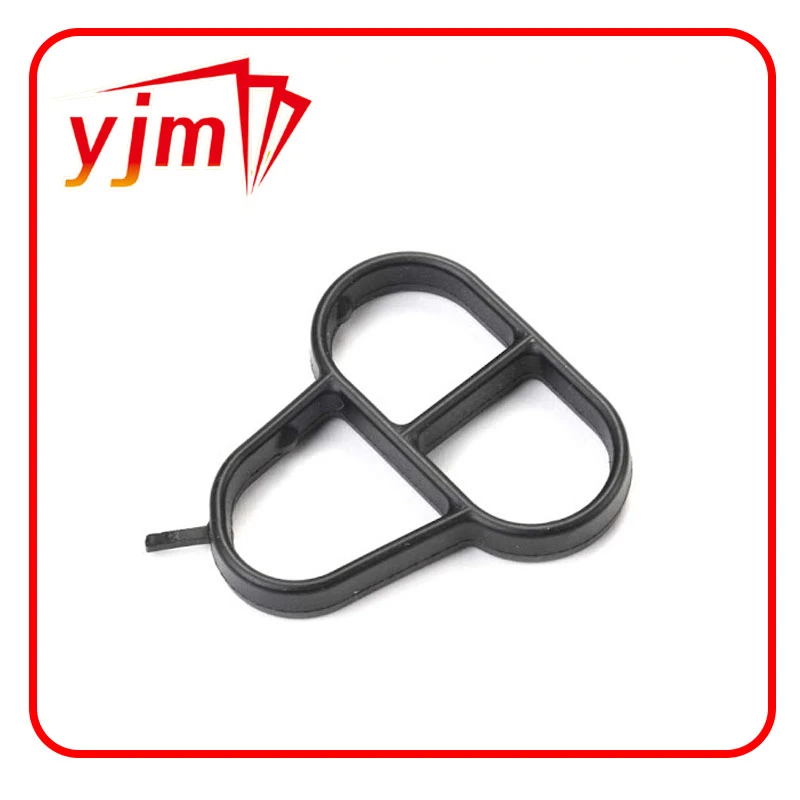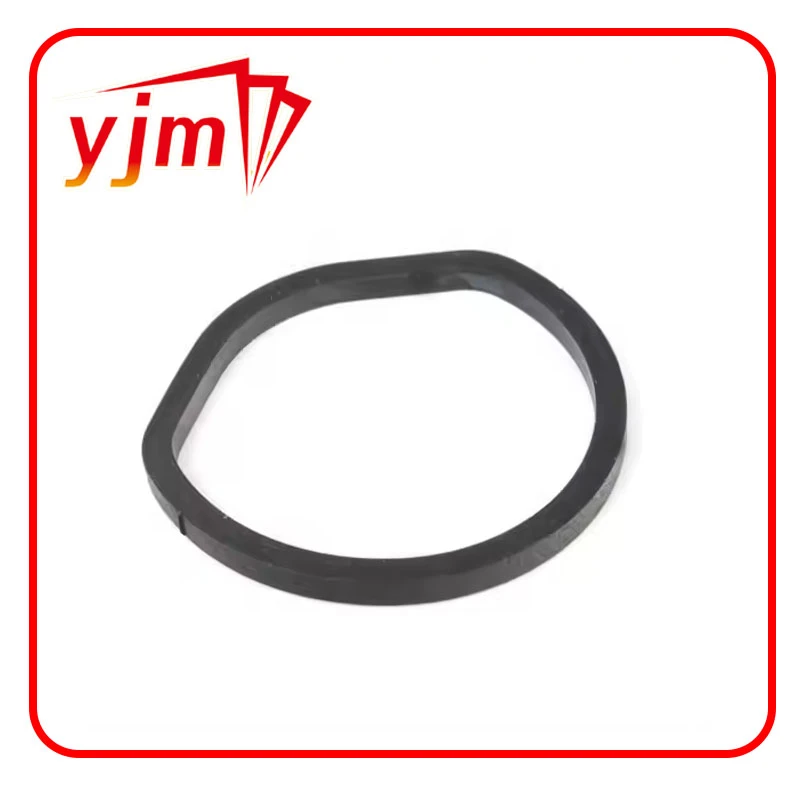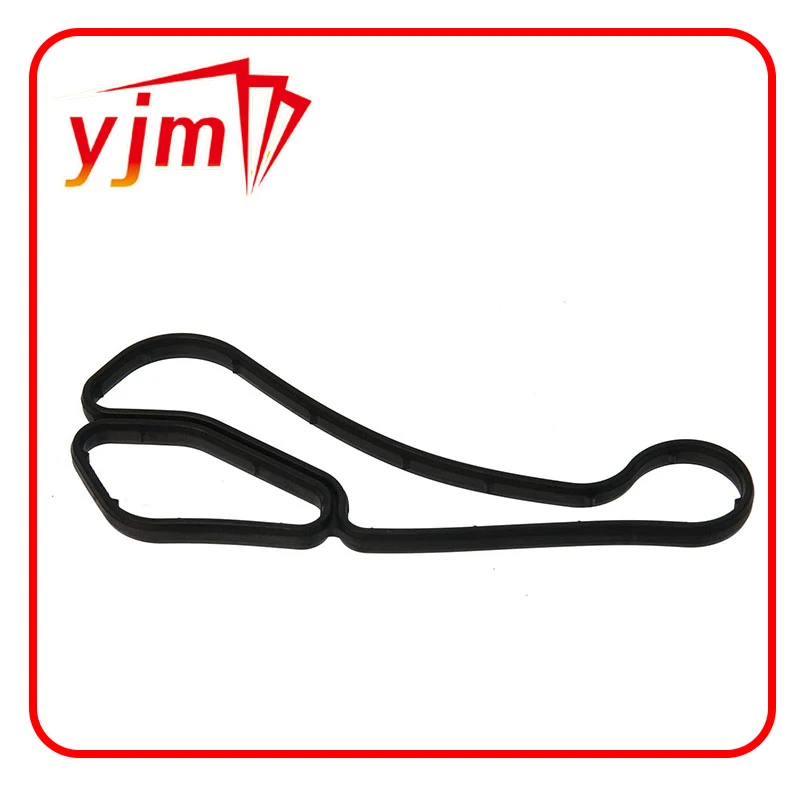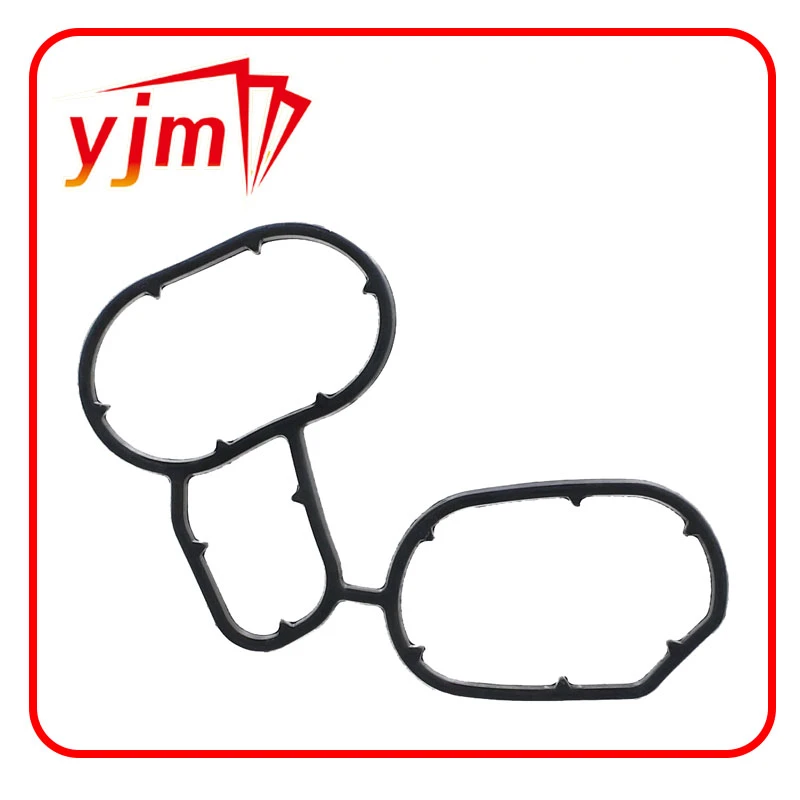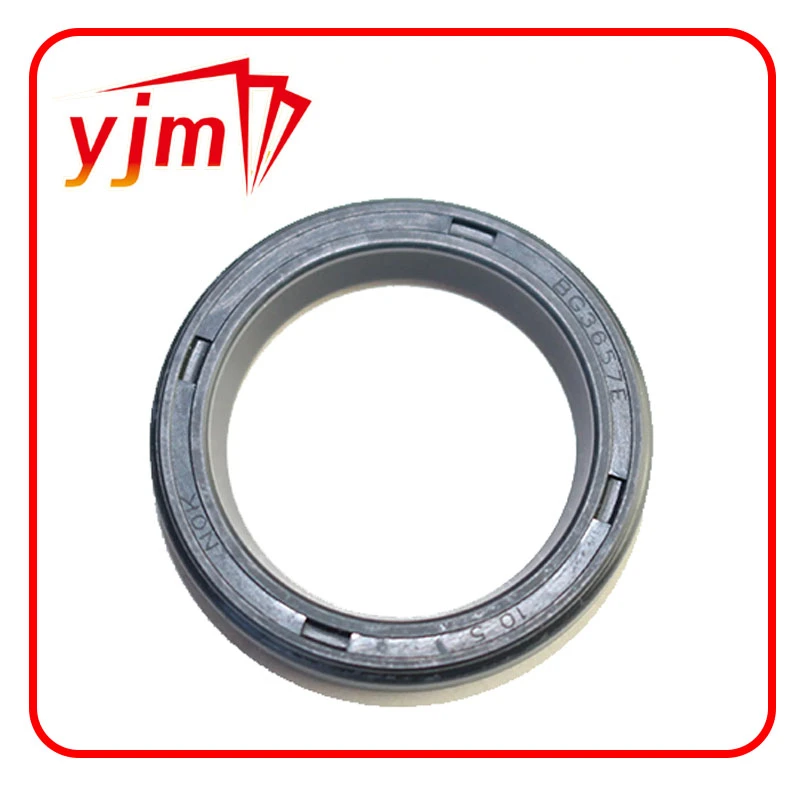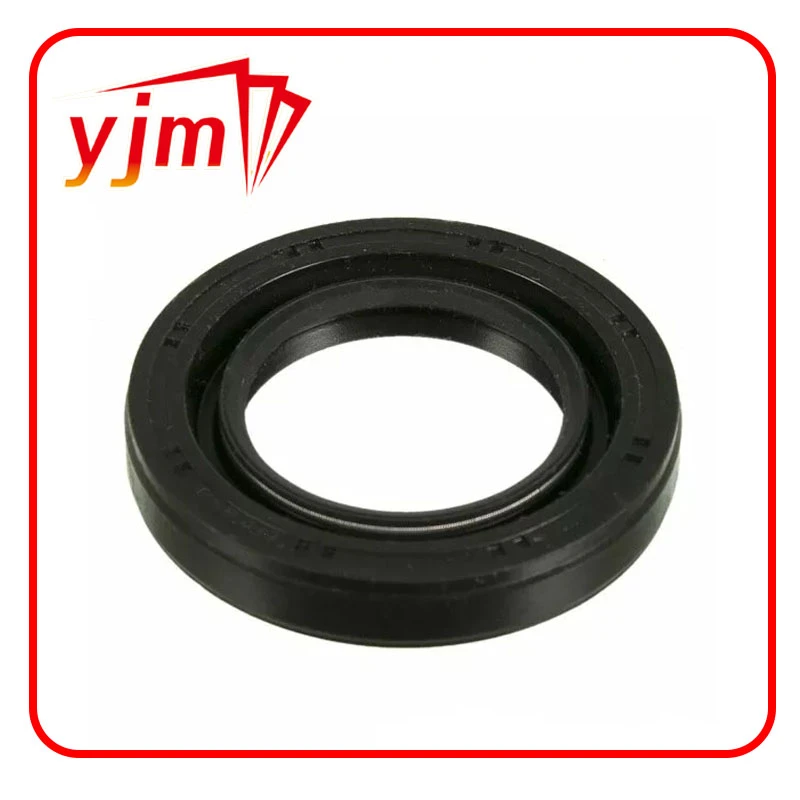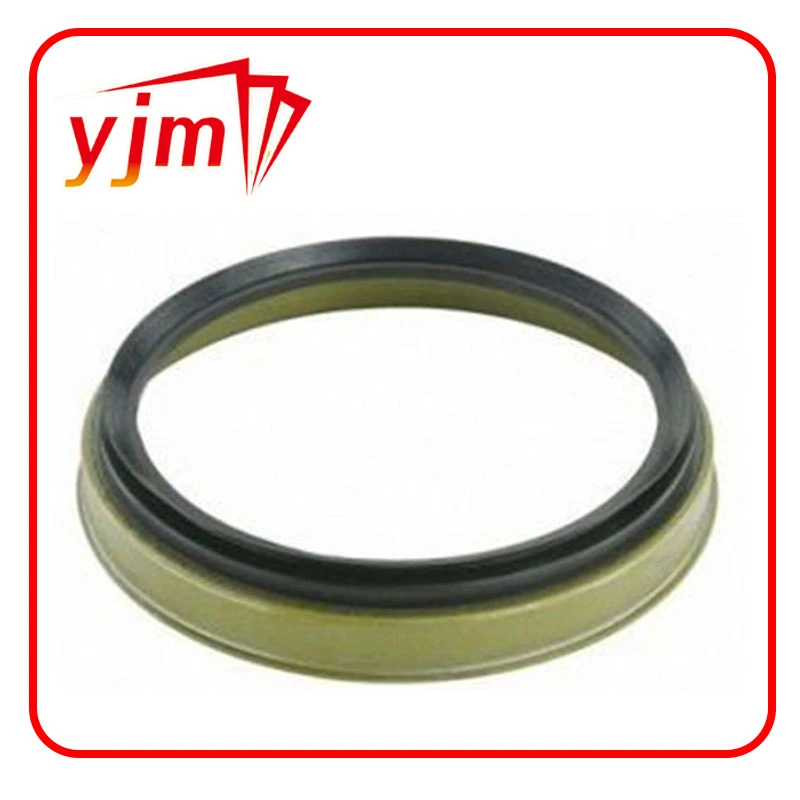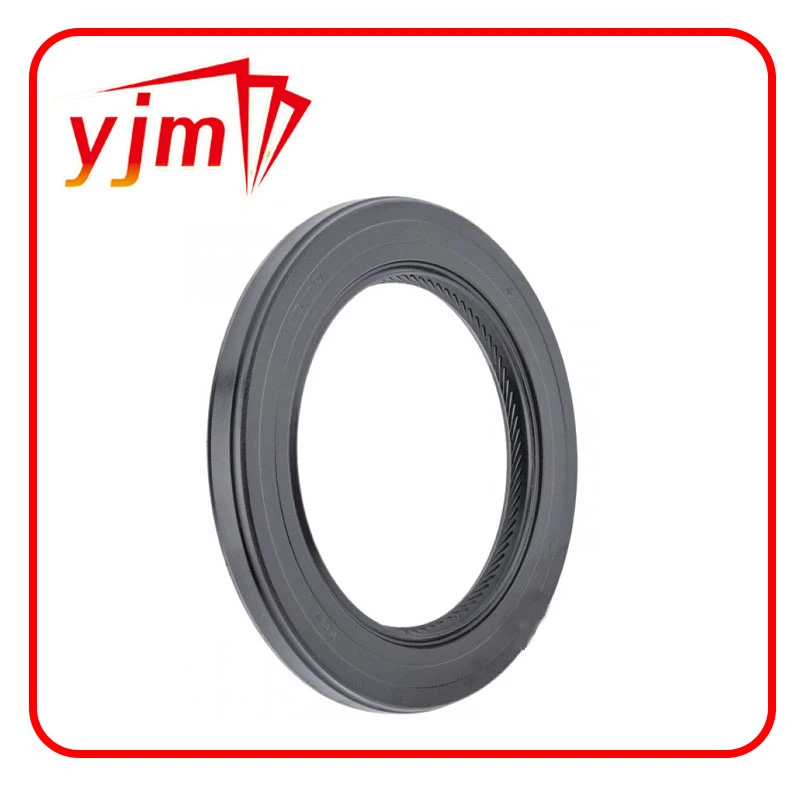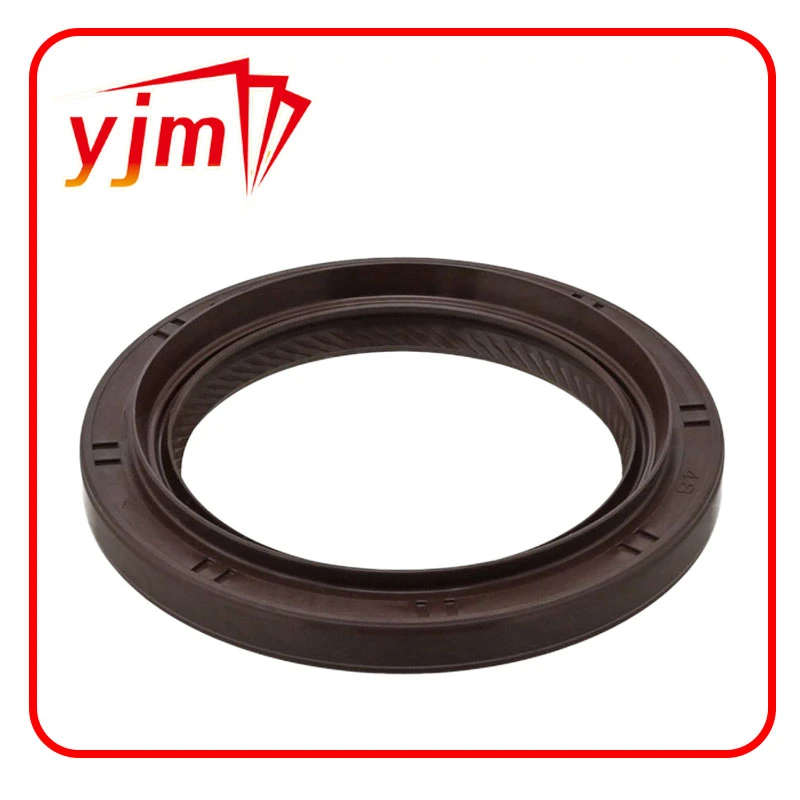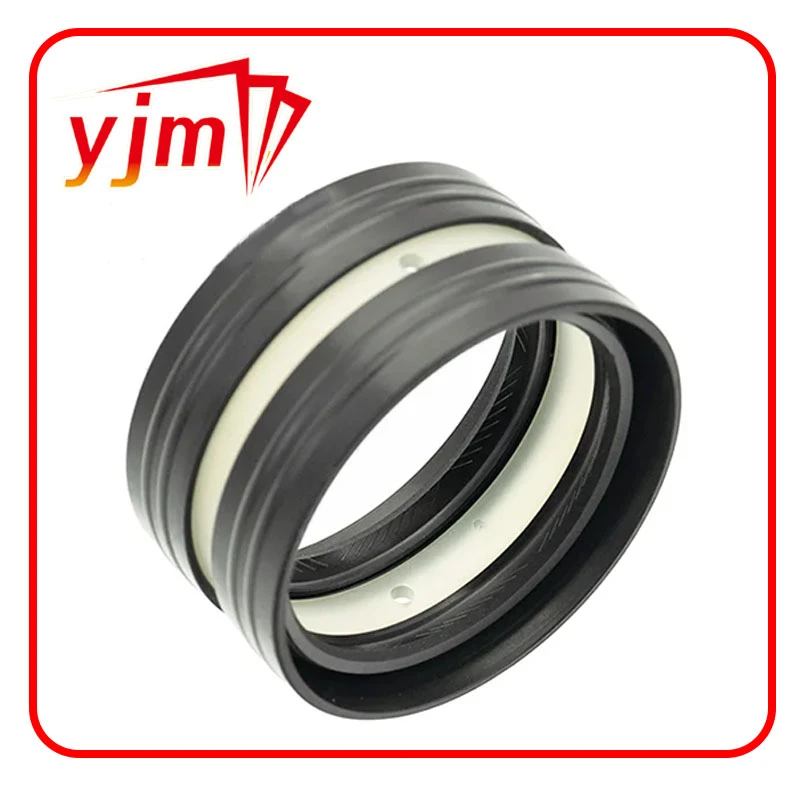A Comprehensive Guide to Flat Gaskets: Materials, Types, and Applications
Flat gaskets are essential sealing components used in plumbing, industrial, automotive, and chemical processing systems. They serve as critical barriers that prevent leaks, maintain pressure, and protect components from damage. Whether you’re working with a gasket flat face, a PTFE flat gasket, or a round flat rubber gasket, understanding the right type for your application ensures reliable performance and long-term durability.
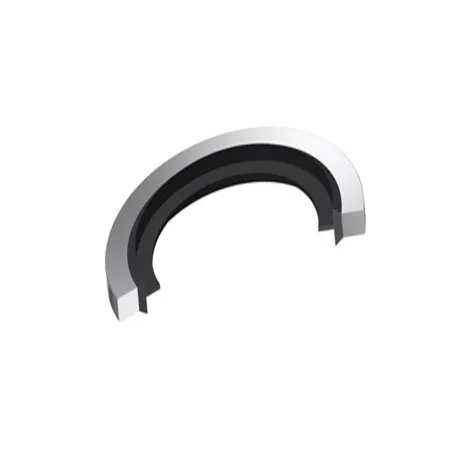
In this article, we’ll explore the key types of gasket flat designs, including non-metallic flat gaskets, their materials, uses, and installation best practices.
What Is a Gasket Flat Face and When to Use It?
A gasket flat face is designed to seal two flat, non-raised surfaces, often found in low- to medium-pressure applications. These flat surfaces must match precisely, requiring a gasket that compresses evenly across the entire area.
Where Gasket Flat Face Types Are Used:
Water treatment systems
HVAC connections
Low-pressure pipelines
Equipment housings and flanged joints
Key Characteristics:
Designed for even load distribution
Reduces gasket extrusion risk
Suitable for soft materials like rubber or PTFE
Installation Tip: Always ensure surfaces are smooth and properly aligned. Even minor imperfections in the flange can compromise the seal of a gasket flat face.
Materials Matter: Choosing Between Non-Metallic Flat Gasket, PTFE Flat Gasket, and Rubber Gaskets
Different applications require different gasket materials, especially when temperature, pressure, or chemical compatibility is a concern. Non-metallic flat gaskets are the most commonly used types due to their versatility, ease of installation, and cost-effectiveness.
- Non-Metallic Flat Gasket
These gaskets are made from materials such as rubber, PTFE, graphite, or compressed fiber. They are ideal for lower pressure environments and systems not subject to extreme thermal or chemical exposure.
Advantages:
Flexible and easy to cut
Economical
Excellent for general-purpose sealing
Use Cases:
Plumbing joints
Automotive seals
Low-temp processing equipment
- PTFE Flat Gasket
A PTFE flat gasket is made from polytetrafluoroethylene, commonly known by the brand name Teflon®. These gaskets are highly chemical-resistant and non-reactive, making them ideal for aggressive chemical environments and food-grade applications.
Benefits:
High chemical resistance
Non-stick surface prevents sticking or bonding to flanges
Temperature resistant up to ~500°F (260°C)
Applications:
Chemical piping systems
Pharmaceutical and food production
Corrosive environments
C. Rubber Flat Gasket and Round Flat Rubber Gasket
Rubber is one of the most common non-metallic gasket materials. A rubber flat gasket is ideal for sealing water, air, or mild chemical systems. A round flat rubber gasket typically refers to a washer-like shape, often used in plumbing, pumps, and valve systems.
Common Rubber Types:
NBR (Nitrile): Good oil and fuel resistance
EPDM: Excellent weather, ozone, and water resistance
Silicone: Great for food-grade and high-temp applications
Advantages:
Inexpensive and flexible
Easily molded into complex shapes
Seals well under low bolt loads
How to Select and Use the Right Gasket Flat for Your Needs
Choosing the right gasket flat requires a clear understanding of the application's operating conditions. Here are the most important factors to consider:
- Operating Temperature and Pressure
PTFE flat gaskets can handle higher temperatures (~500°F) and aggressive chemicals.
Rubber flat gaskets are best for temperatures up to 300°F depending on the rubber type.
Non-metallic flat gaskets are suitable for lower pressures and moderate temperatures.
- Media Compatibility
PTFE is ideal for acids, bases, solvents, and gases.
EPDM rubber is suitable for water and steam but not oils.
Nitrile rubber works well with oils and fuels.
- Flange Type and Surface Finish
A gasket flat face must match a flat flange surface to ensure a tight seal.
Avoid using raised face gaskets with flat face flanges—they may not seal properly or may over-compress.
- Gasket Shape and Dimensions
Round flat rubber gaskets are used for circular flanges, pipe seals, or valve covers.
Rectangular or custom shapes can be cut from sheets or ordered pre-made.
- Environmental Conditions
Consider factors like outdoor exposure, UV, moisture, and ozone, especially when using rubber gaskets.
Flat gaskets play a critical role in sealing and protecting a wide range of systems. From the simplicity of a rubber flat gasket to the chemical resilience of a PTFE flat gasket, selecting the right gasket type can make or break your system's efficiency and safety.
To summarize:
Use gasket flat face designs for even, smooth flange surfaces.
Choose non-metallic flat gaskets for flexibility and ease of use in low-pressure systems.
Rely on PTFE flat gaskets for chemical resistance and food-safe applications.
Install round flat rubber gaskets in plumbing and mechanical systems with circular joints.
Always match the material to your system’s media, pressure, and temperature requirements.
With the right gasket selection and proper installation, you'll ensure a reliable seal that stands up to the demands of your application—whether it’s water, gas, steam, or chemicals.
-
Seal 12x20x5: Precision Radial Shaft Seals for Industrial Reliability
Vijesti Nov.24,2025
-
Seal 12x18x5: Essential Guide to Specifications, Applications & Vendors
Vijesti Nov.24,2025
-
Understanding Seal 12 20 5: Applications, Specifications & Industry Insights
Vijesti Nov.23,2025
-
Durable Oil Seal 85x110x12 – Reliable Sealing Solutions for Industry
Vijesti Nov.23,2025
-
Durable and Precise Oil Seal 75x95x10 for Efficient Machinery | YJM Seal
Vijesti Nov.22,2025
-
Durable Oil Seal 75x100x10 for Reliable Industrial Performance | YJM Seal
Vijesti Nov.22,2025
-
High-Quality Oil Seal 65x90x10 | Durable & Reliable Sealing Solutions
Vijesti Nov.22,2025
Kategorije proizvoda

